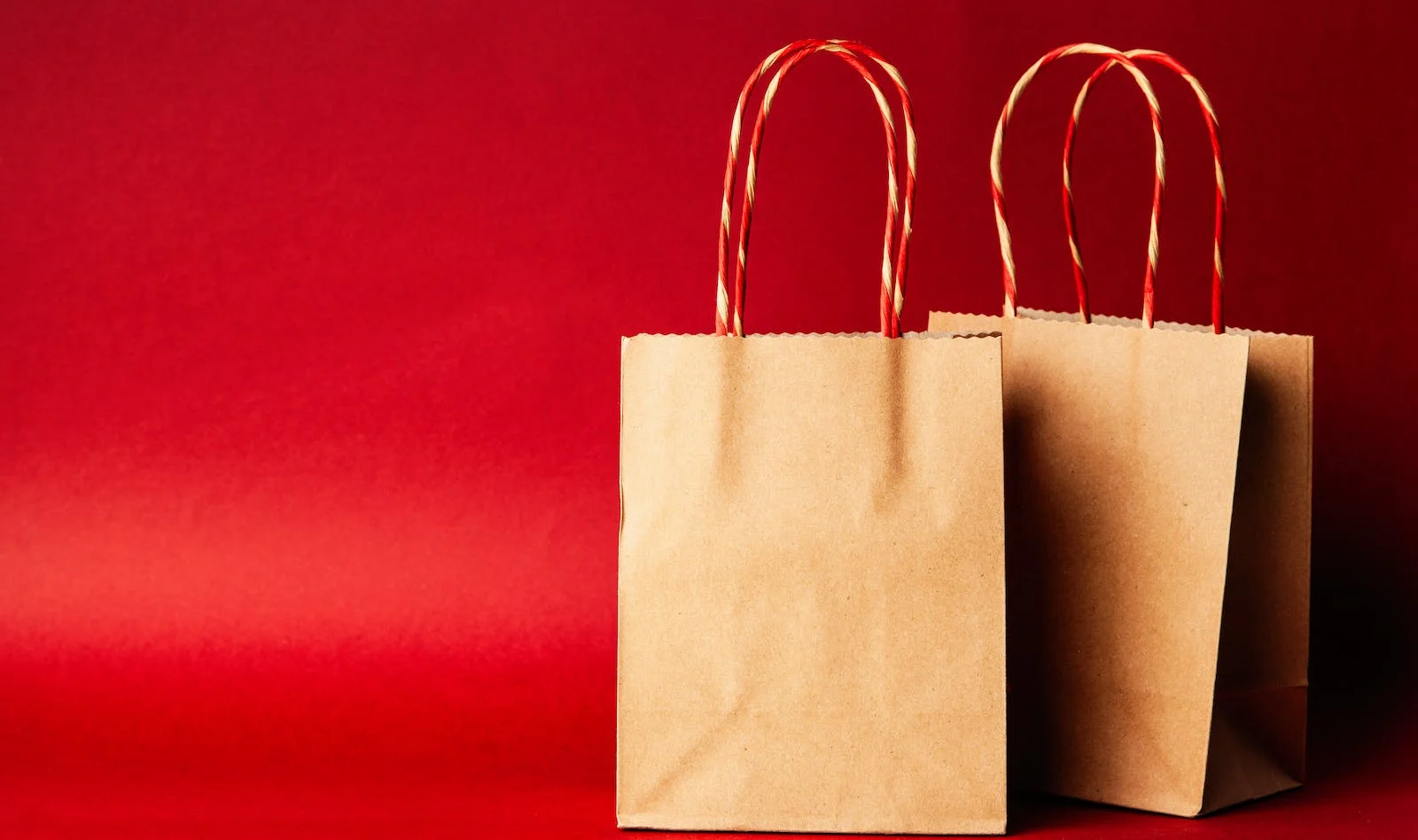Product packaging is an important factor in our consumption decisions, regardless of whether we are aware of it.
Our choices can be influenced by the logo, colors, placement, and many other factors.
What about their effect on the environment?
This is also a guide for our consumer preferences.
Many consumers criticised the use of inorganic material and overpackaging of goods as key contributors to our global waste problem.
However, in recent years, the private sector has created several environmentally-friendly packaging options to reduce its carbon footprint.
Many concepts are being tested, from eating the packaging to repurposing them.
These are the seven most eco-friendly packaging ideas for 2022:
1. Reusable packaging: Leveling up
In the 1980s and 1990s, you heard it over and over: Reduce, recycle, reuse, close the loop.
This jingle will likely ring in your head whenever someone mentions the three Rs of conscious waste management.
It is enough to say that manufacturers and consumers have made remarkable strides in recycling over time, switching to packaging that can easily be recycled and re-molded to make new packaging.
Think Kraft packaging and moulded pulp, foams, or recycled plastic.
Consumers are making a conscious decision to buy bulk and to use reusable packaging and tools where possible. This helps to reduce waste.
Companies are taking a serious stand for the 3Rs by introducing reusable packaging programs.
These pioneers use reuse and refill models. Customers can return the original packaging to receive a refill at a discount price.
2. Add another ‘R’ to the three R’s
This brings us to returnability, another R that is rising in prominence in the world of consumer goods.
Many companies go out of their way for customers to recycle (or upcycle) their items.
Some companies will offer incentives to return products in exchange for other products.
Black plastics are the one returnable item capturing people’s attention in 2022.
Because black plastic is difficult to recycle, it gets a bad reputation.
Municipal recycling facilities use an optical scanner for all types of plastics. They cannot scan black plastics because they do not reflect light.
This can cause damage to your recycling efforts.
This is why local supermarkets and companies offer incentives to encourage consumers to return black plastics.
Lush, a skincare company, encourages customers, for example, to return their black pots to recycle.
Five returned pots earn you a new face mask for free!
This allows plastics to be recycled or upcycled properly and not piled up in landfills.
3. Bioplastics are on the Rise
Although bioplastics may sound futuristic, they are becoming the future of retail packaging.
Bioplastics are made from recycled biomass, such as corn starch, sawdust and vegetable fats, oils, and other materials.
Although bioplastics feel like plastic, they can be recycled to reduce waste.
While this innovation is more costly for businesses, it is great for the environment.
4. Written in Vegetable Ink
Did you know you could get vegetable-based inks at your fingertips?
Indeed! Inks have had a low carbon footprint since their inception.
Over the years, companies and consumers have been turning to soy-based inks as packaging materials. They are non-toxic, biodegradable, and do not emit harmful emissions.
Vegetable-based inks are also more cost-effective than other materials when it comes down to waste.
5. Packaging for Eating
Imagine finishing off your takeout at your local restaurant by eating the contents of the container.
You don’t want to spit on your face, but edible packaging is a growing trend and is one of today’s most environmentally-friendly retail packaging options.
Edible straws, wraps, and other packaging materials are already on the market. They are expected to be new.
Some brands sell sandwich wrappers made from seaweed, for example.
Now you can have your cake but also eat the wrapper!
You may not like the packaging you receive, but that doesn’t make it any less important for someone else!
Mexican company E6PR produces six-pack rings made of wheat and barley leftovers from beer brewing.
These rings can be decomposed and used as a treat for animals.
6. Anti-Bacterial Packaging
We may have created a generation of germ-freaks in the wake of the coronavirus pandemic.
It will be difficult to reverse this trend, but society might take advantage of it and integrate eco-friendly packaging with anti-microbial ones.
Many brands have integrated technology to prevent bacterial growth in their reusable bags. This allows them to promote eco-friendly packaging options while ensuring the safety of the food inside.
Packaging manufacturers’ smart move and could begin a new industry.
According to estimates, anti-bacterial packaging could grow to $11.88 million by 2024.
This forecast was published before the COVID-19 public healthcare crisis. It is, therefore, safe to assume that this number could rise to at least $3Billion now.
Two-thirds of shoppers believe that paper and cardboard packaging makes a product look more appealing than other materials.
This is good, as cardboard and paper can be reused and recycled (and creatively repurposed).
The packaging trends for 2022 show that companies are willing to push the limits and use materials and processes that may one day transform how all our products and goods are sold and bought.
Conscious consumers are not happy with the over-packaging and use of unsustainable packaging materials in a society trying to reduce waste.
Changing our packaging habits is one step towards being more kind to Mother Nature.
